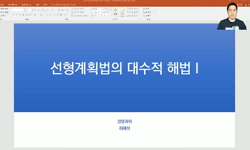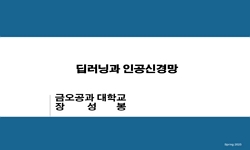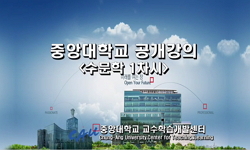Artificial Ground Freezing (AGF) is a promising method for controlling seepage in permeable strata. However, AGF faces challenges, including difficulties in achieving a frozen barrier in high-flow conditions and concerns about cost-effectiveness. This...
http://chineseinput.net/에서 pinyin(병음)방식으로 중국어를 변환할 수 있습니다.
변환된 중국어를 복사하여 사용하시면 됩니다.
- 中文 을 입력하시려면 zhongwen을 입력하시고 space를누르시면됩니다.
- 北京 을 입력하시려면 beijing을 입력하시고 space를 누르시면 됩니다.



Numerical Simulation Study on Optimization of Freezing Pipe Position under Seepage Conditions Based on Simulated Annealing Algorithm
한글로보기https://www.riss.kr/link?id=A109355360
-
저자
Renjie Song (Central South University)
- 발행기관
- 학술지명
- 권호사항
-
발행연도
2024
-
작성언어
English
- 주제어
-
등재정보
KCI등재,SCIE,SCOPUS
-
자료형태
학술저널
-
수록면
5441-5451(11쪽)
- DOI식별코드
- 제공처
-
0
상세조회 -
0
다운로드
부가정보
다국어 초록 (Multilingual Abstract)
Artificial Ground Freezing (AGF) is a promising method for controlling seepage in permeable strata. However, AGF faces challenges, including difficulties in achieving a frozen barrier in high-flow conditions and concerns about cost-effectiveness. This study optimizes freezing pipe placement in AGF using a simulated annealing algorithm and a coupled hydrothermal finite element model, focusing on AGF system responses under varying seepage velocities. The optimized layout significantly reduces freeze-ring formation time (by 2.5 days) and the overall freezing duration (by 12.5 days). Moreover, it substantially decreases the required frozen soil volume, facilitating drilling and excavation. Across different seepage velocities, the difference in freeze-ring formation time between the optimized and uniform layouts gradually increases with higher seepage velocity, reaching a maximum difference of 5.9 days. Finally, the relationship between freezing time and seepage velocity was quantitatively described using exponential functions. This study underscores the critical role of optimizing freezing pipe placement in AGF, providing a foundation for efficient and cost-effective geotechnical engineering practices.
동일학술지(권/호) 다른 논문
-
- 대한토목학회
- Masoud Rezazadeh Anbarani
- 2024
- KCI등재,SCIE,SCOPUS
-
Pullout Capacity of Piles in Unsaturated High Plasticity Clayey Soil: An Experimental Model Study
- 대한토목학회
- Amees Mushtaq
- 2024
- KCI등재,SCIE,SCOPUS
-
- 대한토목학회
- Kumari Monu
- 2024
- KCI등재,SCIE,SCOPUS
-
Re-evaluation of One-Dimensional Site Response Methods Using versus Adjusted Borehole Arrays
- 대한토목학회
- Pei-Hsien Kuan
- 2024
- KCI등재,SCIE,SCOPUS




 KCI
KCI





